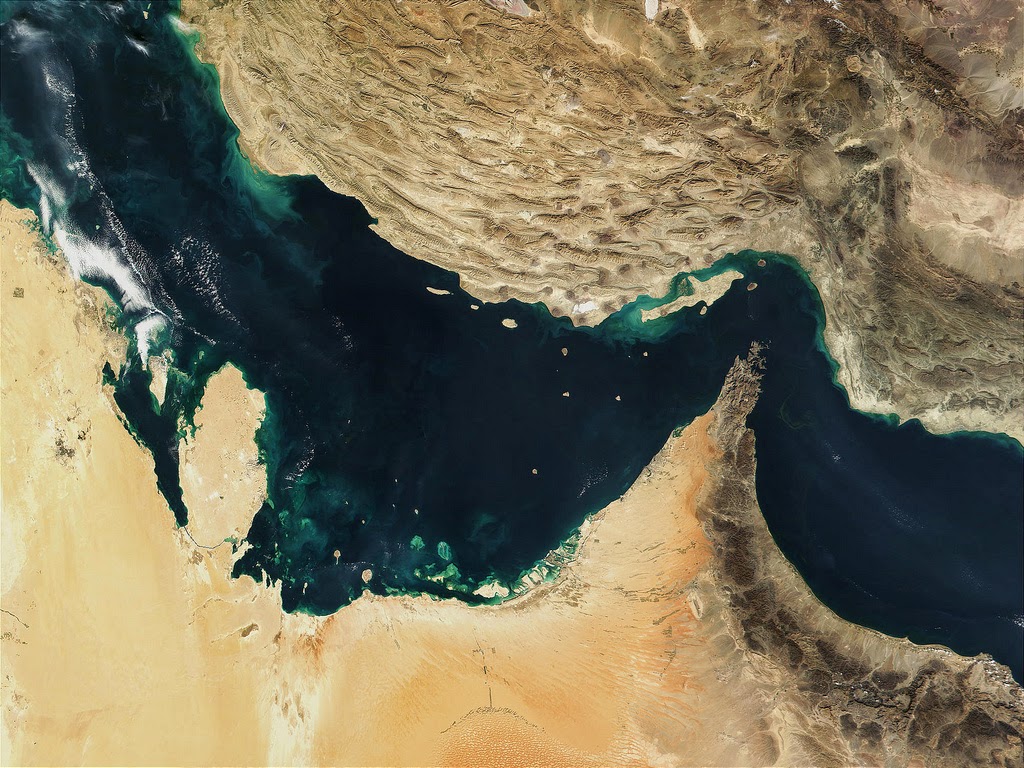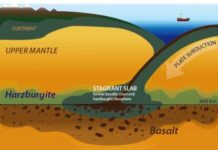
Reasearch led by West Australian scientists into ‘subduction’ during tectonic plate collisions has provided new insights into the global sulphur cycle.
Subduction is a process that occurs at tectonic plate boundaries whereby one plate moves under the other and into the mantle as the two plates converge.
As a part of the subduction process material from the colliding tectonic plates is either ‘squeezed’ straight back out as a superheated fluid, transferred to the sub arc mantle as magma or deposited into the deeper mantle.
Curtin University researcher Dr Katy Evans says very little is known about the fundamental processes that occur in these subduction zones.
“This is one of the methods by which we cycle stuff that is on the outside of the earth onto the inside of the earth,” she says.
“The earth’s atmosphere and oceans are highly oxidised … so the process of subduction is taking stuff that’s quite oxidised and delivering it inside the earth to a place that’s quite reduced.
“We don’t really know what the potential consequences of that are.”
Dr Evans says the question of whether the area just above the subduction zone is oxidised relative to the rest of the earth’s mantle is one that is highly contested.
“Sulphur is one of the things that has the potential to cause that oxidation,” she says.
Dr Evans carried out much her of research through examination of exhumed rocks in the Zermatt-Saas zone of the Alps—rocks that were ‘spat back out’ during the formation of the Alps as the African and Eurasian tectonic plates collided.
“We looked at the sulphur in those rocks to see what sort of evidence there was to suggest whether sulphur goes all the way into the deep mantle, off into the sub-arc mantle or whether it comes out in those early fluids,” she says.
They discovered oxidised sulphur in exhumed rocks that had been up to 60km deep in the earth.
“At this point [oxidised sulphur] is still available,” she says.
“It means you probably have a method for oxidising the sub-arc mantle.”
Dr Evans says arc deposits are mineral rich, meaning her research could have significant implications for exploration into the future.
“If we know that a certain type of subduction zone is going to provide the right kind of conditions for ore deposits to form then instead of looking at all subduction zones we can really start to target effectively,” she says.
“Arc deposits provide almost 75 per cent of global copper supply, 50 per cent of molybdenum, most of the rhenium, 20 per cent of gold and a whole bunch of other elements.”
Note : The above story is based on materials provided by Science Network WA







